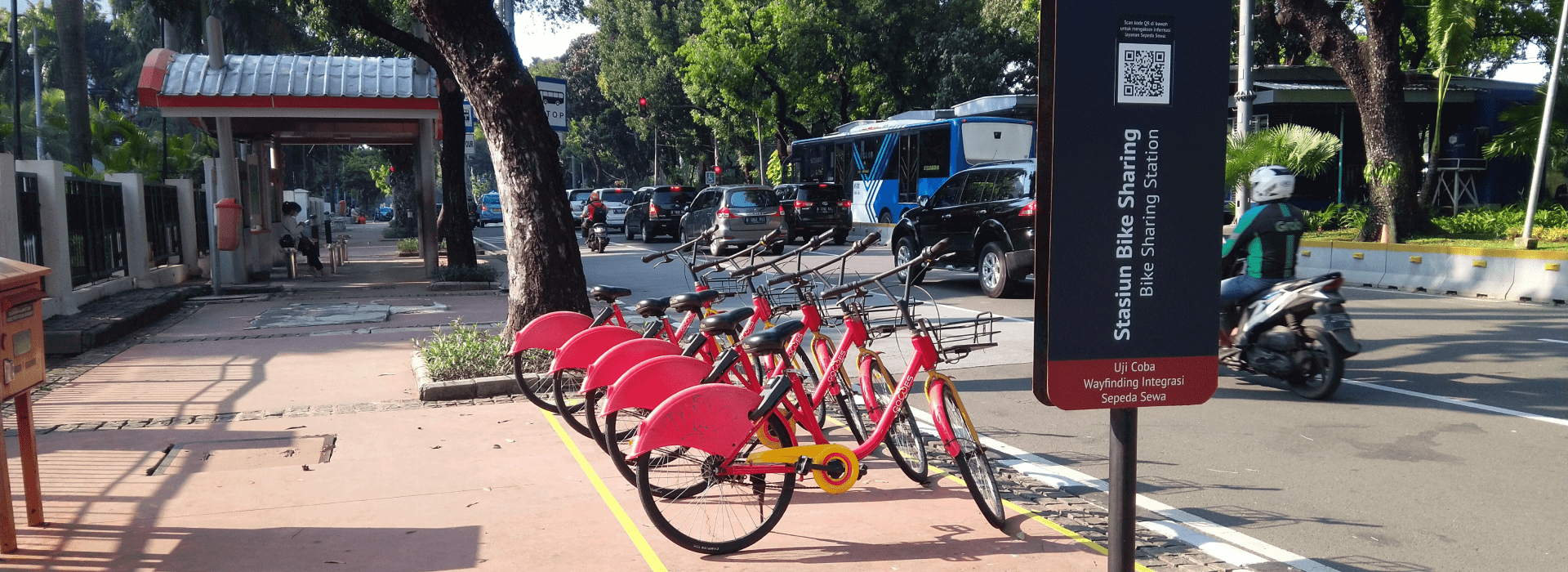
2020 was the year that showed why micromobility is vital for cities, and 2021 should be the year we re-imagine transportation systems with micromobility in mind.
When e-scooters were first dropped on the streets of San Francisco in 2018, it marked the beginning of an era of new personal mobility options in cities. Since then, e-scooters have been rapidly evolving to improve safety, enhance parking and operations in public spaces, adjust to city permitting guidelines, and even boost their overall sustainability. E-scooters also gave rise to the new umbrella classification called micromobility, including e-scooters, e-bikes, regular bikes, and anything else that reflects personal mobility moving at slower speeds.
While Covid-19 has severely reduced ridership on public transit across the globe, the pandemic has proved that resilient transportation systems require multiple options, and micromobility plays a key role in such systems. 2020 was the year that showed why micromobility is vital for cities, and 2021 should be the year we re-imagine transportation systems with micromobility in mind.
Two key steps to improving micromobility
The path forward for micromobility and urban mobility at large is twofold:
1. Concerted efforts to integrate micromobility with public transport as much as possible;
2. Centering equitable access to mobility by expanding travel options for BIPOC and low-income communities that do not live within walking distance of public transit stations.
In a forthcoming report, the Institute for Transportation and Development Policy (ITDP) highlights global best practices for integrating micromobility into transit systems, recognizing that improving integration expands access for users, but also benefits operators and cities. While physical integration is common in many cities, like locating micromobility parking areas near transit stations, more advanced integration could yield greater benefits for users and cities. For example, trip-planning resources that integrate multiple modes of travel can build users’ confidence to make multimodal trips. Payment integration makes multimodal travel even more attractive, enabling users to pay once for a trip that requires using multiple modes of travel, or receive discounts on one or more modes. These types of integration require proactive city intervention and working closely with operators to ensure alignment with integration goals.
Leveraging the new guide, ITDP is working with the cities of Chennai and Jakarta to pilot projects to improve physical and informational integration. In Chennai, as part of a planned public bikeshare system expansion, the pilot focuses on siting new public bikeshare stations at major bus terminals to improve physical integration between these modes. E-bikes are also being added to the system — a first for public bikeshare in India — to serve longer trips. In Jakarta, improved navigational resources at key transit stations direct people to new bikeshare parking areas and provide information on nearby points of interest and cycle routes.
Similarly, partners at New Urban Mobility Alliance (NUMO) have been working with cities in Latin America to develop new options for cycling and transit as systems recover from the pandemic. For example, at the start of the lockdown in Bogotá, a hackathon helped to rapidly collate data and deploy new initiatives, including introducing new bus routes and e-bikes for healthcare workers. The city also committed to make permanent 80 km of emergency bike lanes and mobilized input from 7000 citizens to redesign a major street into a “green corridor.” The organization’s COVIDMobilityWorks.org platform documents over 100 cities globally that dedicated street space for cyclists and pedestrians during the pandemic. This has been accompanied with a surge in use of shared bicycle systems and bicycle sales globally. Despite these positive indicators, it is yet to be seen whether cities follow the example of Bogotá and make this infrastructure permanent as vaccines roll out and the risk of infection declines.
Simultaneously, the current re-imagining of transportation systems is the moment to prioritize equitable reach and improved service for people whom the system fails. While safe infrastructure is critical for micromobility uptake, our definition of “safety” must go beyond infrastructure to include safety from over-policing and racial profiling. Micromobility infrastructure needs to appropriately consider the disproportionate risks to personal safety that Black and Brown cyclists face and be built out in a way that centers and benefits them first and foremost. Re-imagining urban mobility, micromobility expansion, and electrification of transport with social and racial justice at the center, offer an opportunity to address and dismantle systemic racism that is embedded in many transportation policies today.
Philanthropy’s role
While transportation electrification is a key solution for reducing emissions, in cities, electrification needs to be combined with better connectivity and equity, in order to drive the most positive impact. In addition to shifting to climate-friendly modes of transport such as clean transit, biking, walking, and shared mobility, philanthropic work on transportation in cities should also focus on:
- Multimodality and connectivity: Greater connectivity between existing transit and emerging shared mobility options, such as private bikeshare and e-scooter share systems.
- Anti-racism in transportation policy: Working to dismantle structural racism in transportation policy in addition to centering equity to benefit communities with limited access to safe and affordable public transportation.
- Reclaiming public space: Equitable restructuring of public space toward multimodal travel through curb pricing, zero-emission areas, dedicated lanes, slow streets, and others.
Policy tools, mobility technologies, and public appetite are all in place to shape the future of sustainable mobility systems today — all we need is philanthropic support and greater political ambition.





